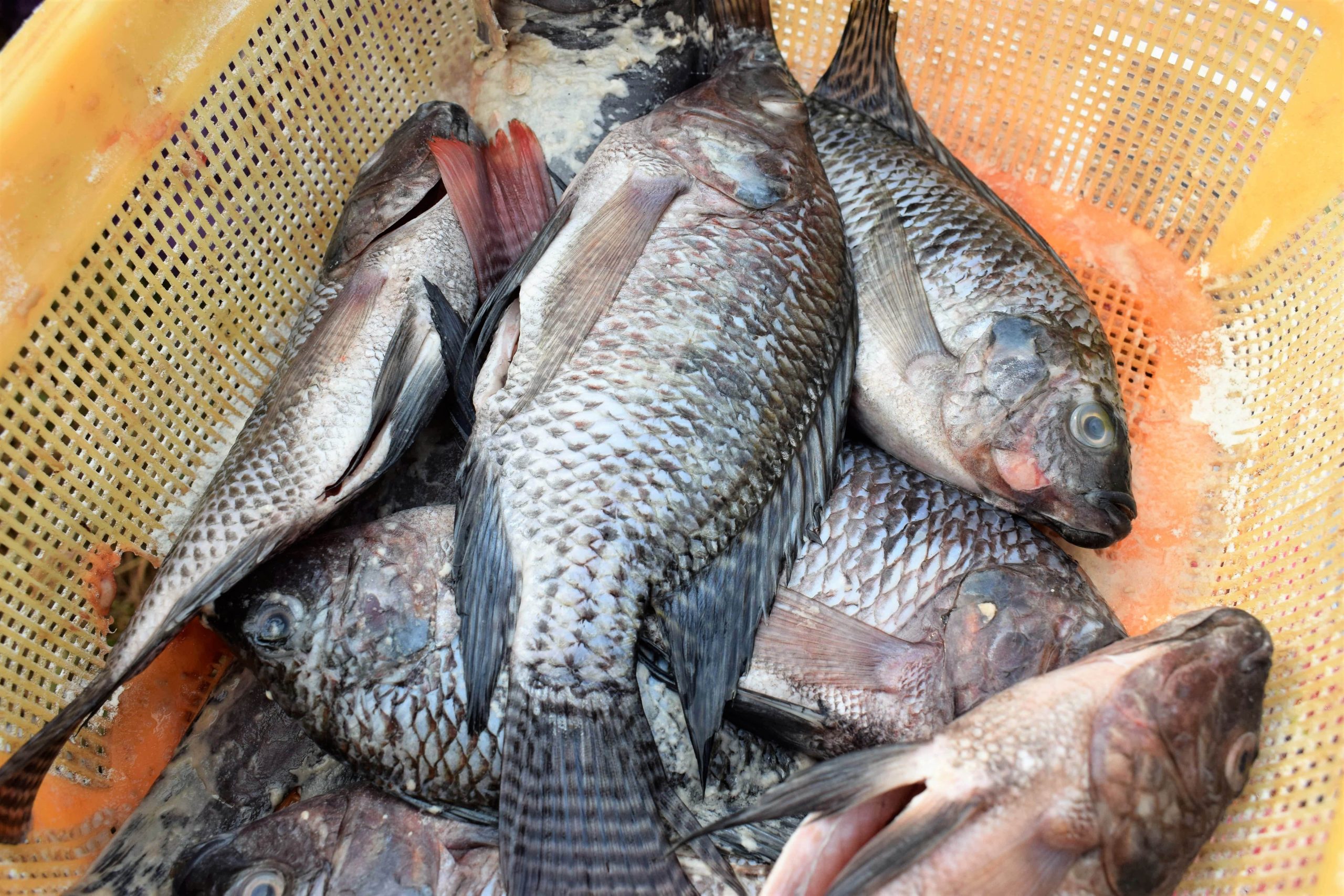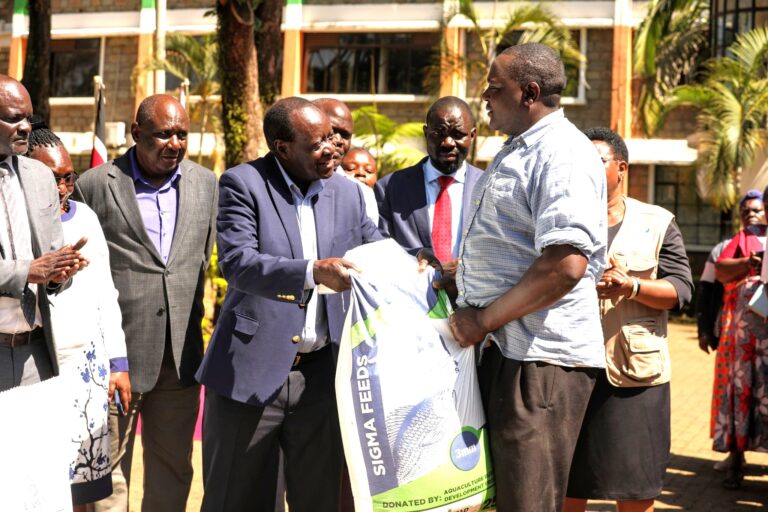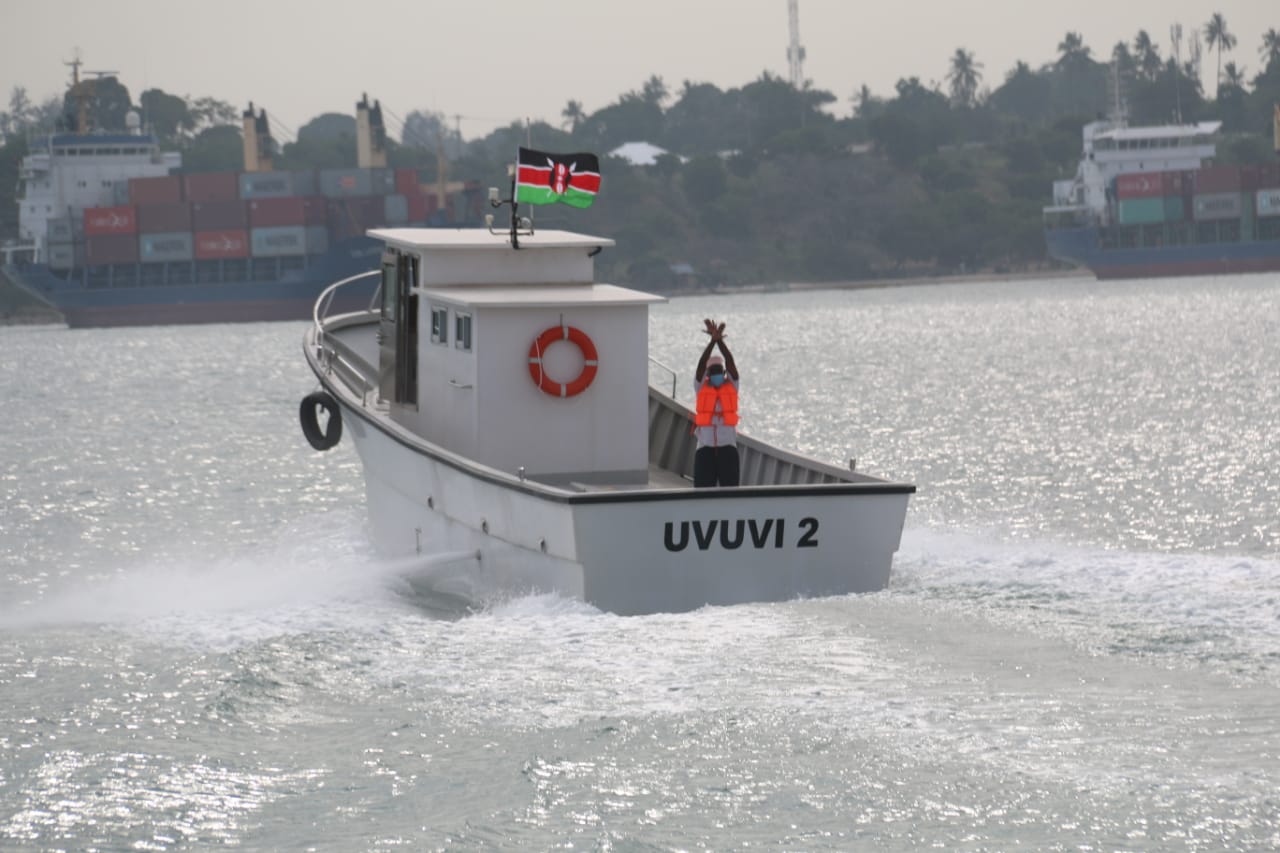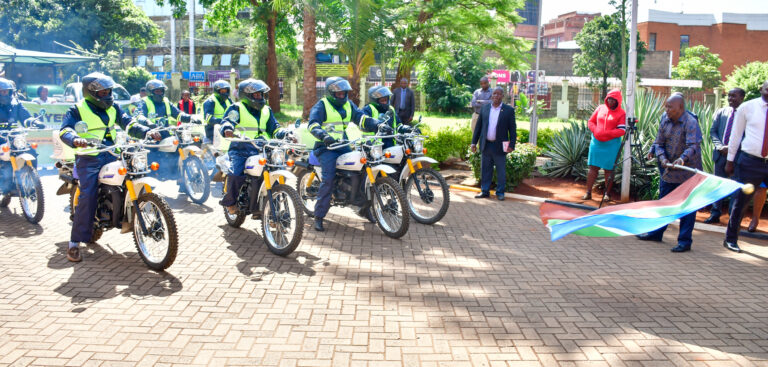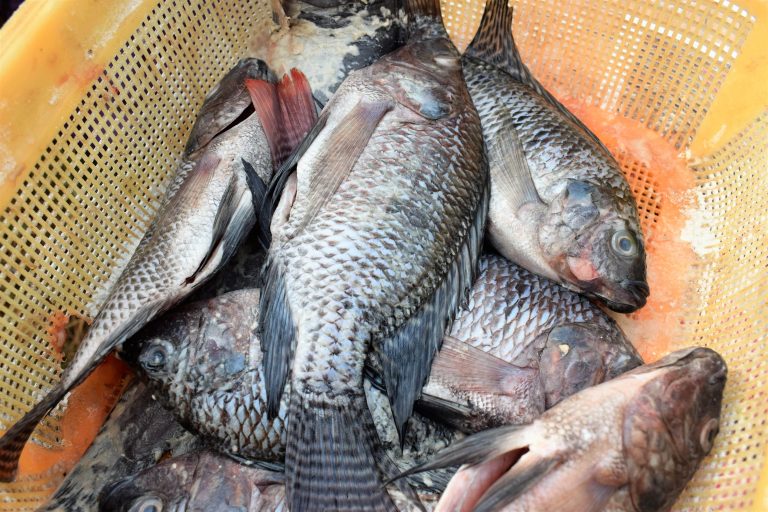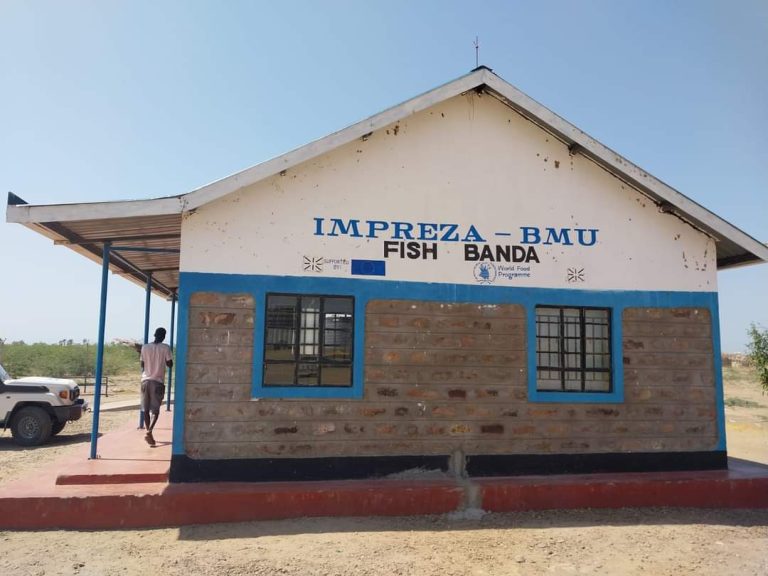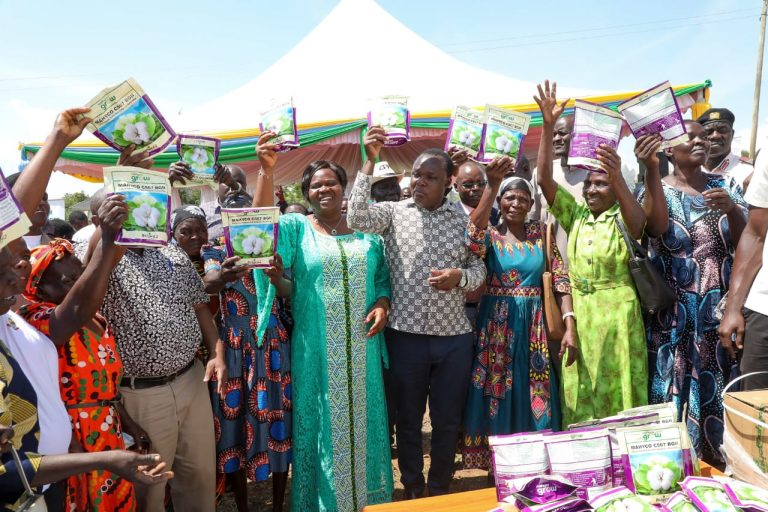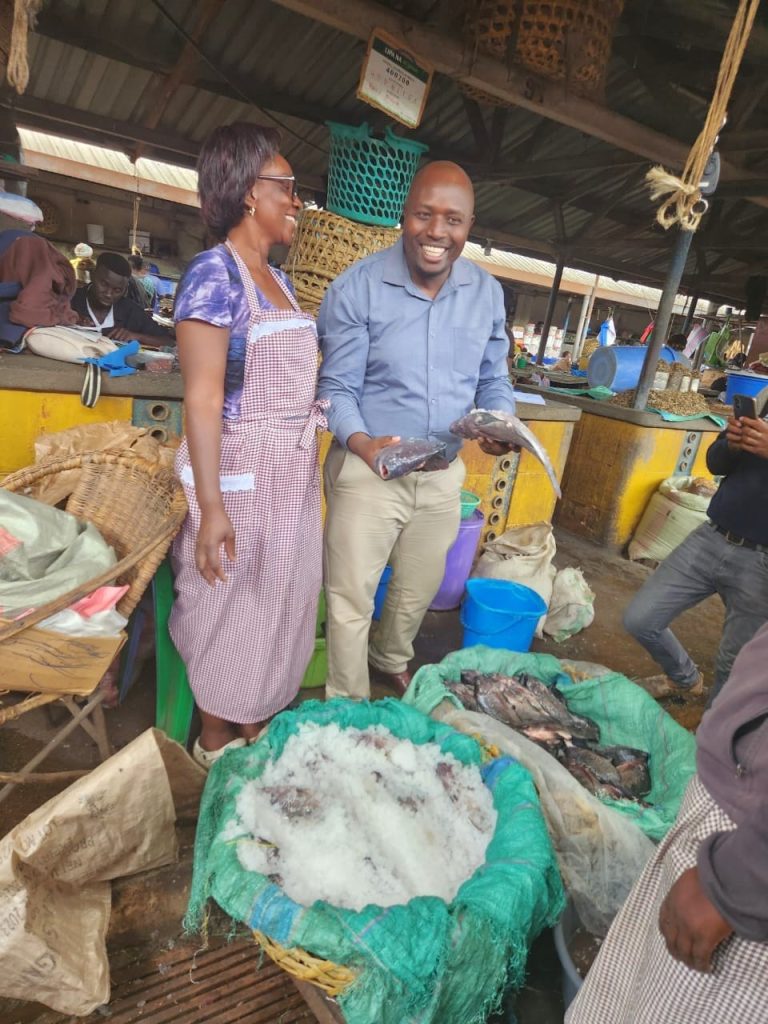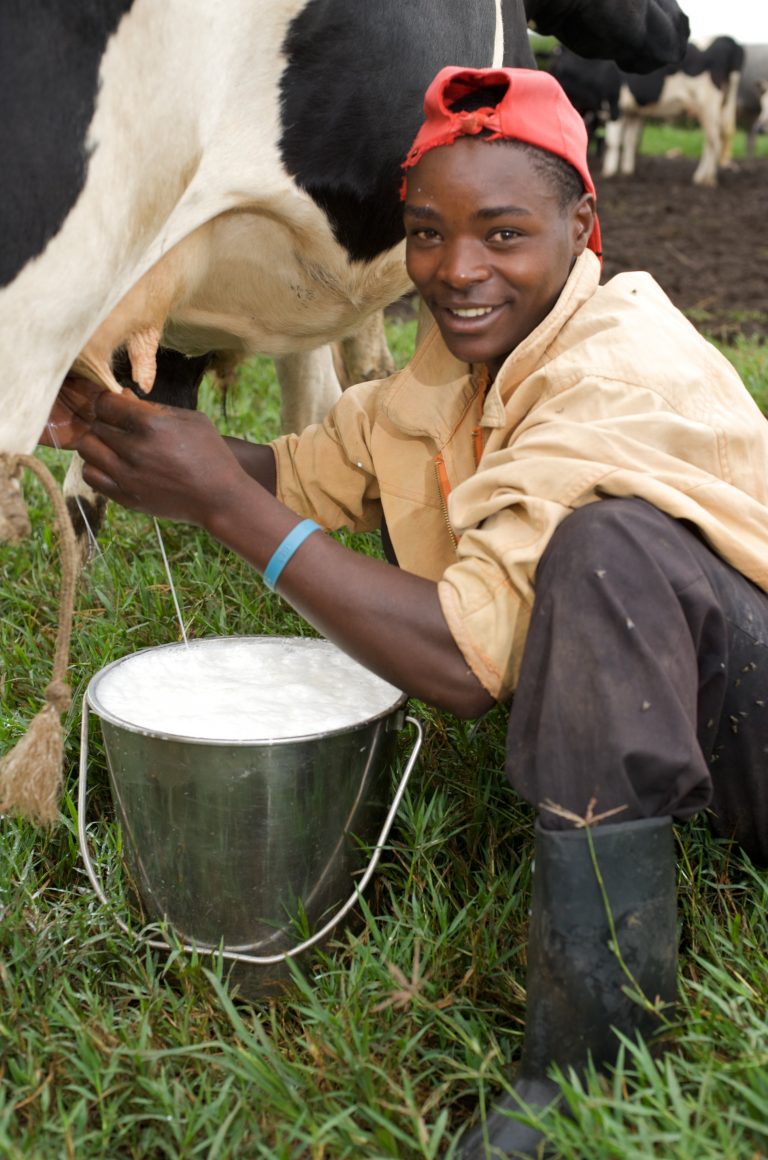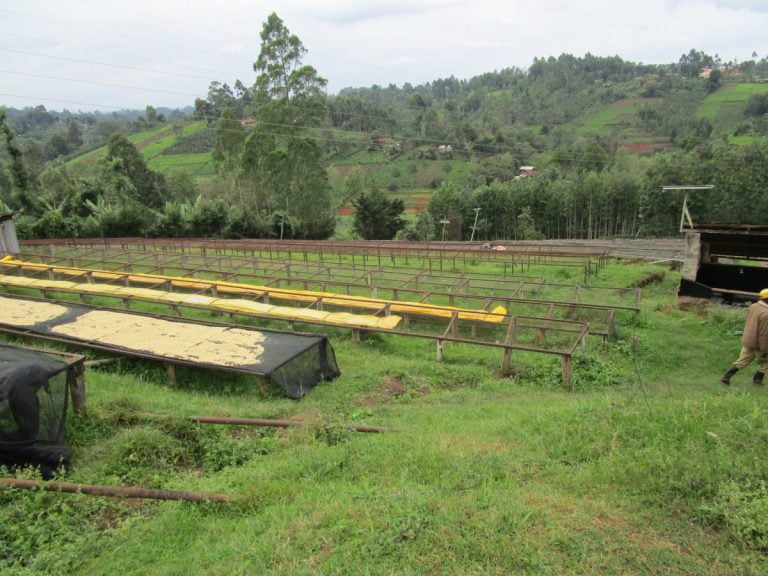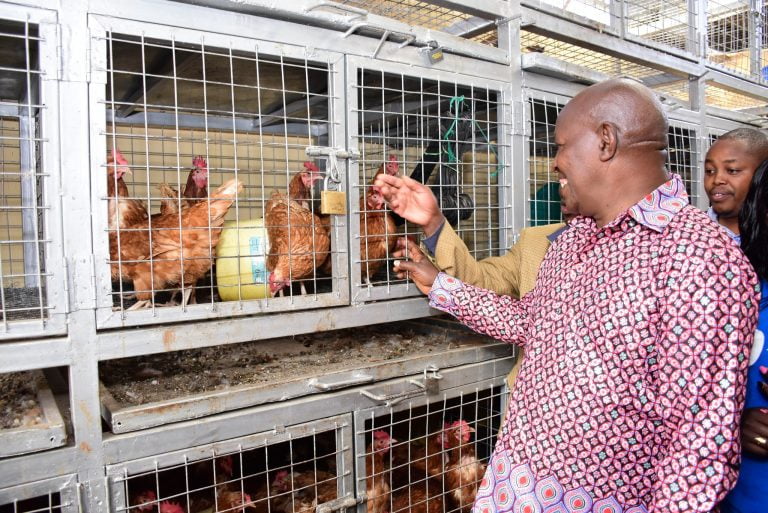Fish farming has gained momentum over the last three years in Nyeri County which can be largely attributed to the input made by the County Government of Nyeri.
The County Government has been aggressive in promoting fish farming with the main aim of enhancing fish production. Through the Department of Agriculture, Livestock & Fisheries, the county government says it has distributed over 945,000 fingerlings to over 1,400 fish farmers across the county at a cost of about Kshs. 14 million. The county government has provided both mixed-sex and mono sex fingerlings which have been stocked in dams and ponds respectively. In the financial year 2019/2020, the county government undertook stocking of 30 public dams each with 7,000 tilapia mixed-sex fingerlings, stocked 45 fish cages each with 1,000 Tilapia mono sex fingerlings.
According to the County government, the fish market in Nyeri County has been well-coordinated right from the fish producers to the fish consumers, the fisheries extension officers who liaise with the Nyeri fish farmer’s cooperative committee who ensure that the fish are delivered to fish bulking sites at the sub-county level for marketing.
So far, fish farmers have harvested over 89 tonnes of fish earning a total of about Kshs. 35 million. The county government also uses Wamagana Fish Factory in Tetu sub-county as a fish bulking/ collection centre. Further, the county is indirectly involved in fish value addition. The extension officers train fish farmers on value addition while the county government supports value addition demonstrations whereby fish farmers are trained on the various ways of adding value to fish and fish products.
Another key stakeholder in fish farming is the Aquaculture Business Development Programme (ABDP) which is jointly funded by the Government of Kenya and the International Fund for Agricultural Development (IFAD) and has played a major role in promoting the aquaculture value chain within the county. ABDP supports fisheries activities in 15 counties, with Nyeri County being one of them. Recently, the county government celebrated the Annual Aquaculture Day (AAD), a brainchild of the Aquaculture Business Development Programme (ABDP). The objective of the Annual Aquaculture Day was to create a platform to bring aquaculture stakeholders together for knowledge and skills exchange, showcase aquaculture innovations along with the various nodes of the aquaculture value chain, and give aquaculture the national prominence it deserves.
A total of 438 small-scale fish farmers benefitted from aquaculture inputs such as liners, fencing materials, the Aquaculture handbook, and fish menu books this financial year through the ADBP. To enhance county fisheries extension officers, the ABDP also supported them with cool boxes, harvesting nets and lifesaver jackets.
According to the County government, Nyeri County having been ranked the highest in the prevalence of Non-Communicable Diseases (NCDs) such as hypertension, diabetes and cancer needed a high intervention in terms of dietary diversity. In conjunction with ABDP, the county government has been holding Eat More Fish campaigns in all sub-counties to ensure that the community is informed on the health benefits of fish which is packed with protein, vitamins, and nutrients that can lower blood pressure and help reduce the risk of a heart attack or stroke. The campaigns have also increased the number of fish consumers, thus creating fish demand in the county and local market for fish and fisheries products. As such, there arose a need to improve dietary diversity such as fish-eating which is a low-fat high-quality protein filled with omega-3 fatty acids and vitamins such as D and B2. It is also rich in calcium, phosphorus, and minerals, including iron, zinc, iodine, magnesium, and potassium.
The county government says it has developed strategic plans for the fish industry in the county including:
• To increase the annual fish production.
• To reduce fish post-harvest losses by promoting fish value addition.
• To increase the value of marketed fish from the County by encouraging fish processing, packaging and branding.
• To privatize the Wamagana Fish Processing plant through public-private partnership by promoting private investment in the fisheries sector.
• To ensure that the county has an operational and authenticated hatchery.
• To develop a quality assurance structure for ensuring that fish feed available within the county are of good quality


